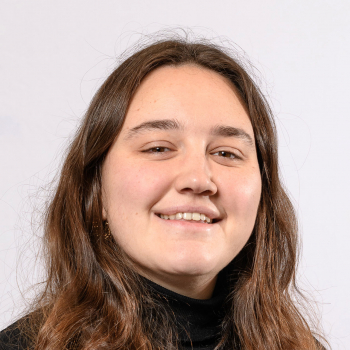Mechanisms of Nutrient Sensing
Our lab explores metabolic homeostasis in response to feeding cycles, with a focus on nutrient sensing and circadian clock anticipation. We center our research on class 3 phosphoinositol-3 kinase (PI3K), a highly conserved nutrient sensor present in all eukaryotes, unlike class 1 PI3Ks. At the cellular level, PI3K engages in distinct multi-protein complexes for its canonical lipid kinase function to generate the second messenger PI3P; assuring endocytosis, autophagy, and lysosomal activity.
Our past work has shown class 3 PI3K's impact on glucose and lipid metabolism in the liver. Still, we aim to uncover how it interfaces with biological clocks and interorgan communication. Understanding its role in healthy aging and inherited pathway malfunctions could lead to new therapeutic targets. Our goal is to establish class 3 PI3K as the key sensor linking nutrient fluctuations with cellular metabolism through control of gene expression, metabolic pathway activity, and organelle function.
Our research program addresses critical unanswered questions in the field of metabolic homeostasis:
- The role of subcellular pools of Class 3 PI3K in metabolic timekeeping - Our findings reveal novel metabolic functions associated with nuclear and lysosomal pools of class 3 PI3K. We explore their impact on cellular metabolic flexibility, emphasizing class 3 PI3K's control over the liver circadian clock, orchestrating metabolic rhythmicity. Our investigations extend to understanding its role in coordinating peripheral clock activities, vital for maintaining metabolic balance, healthspan, and lifespan.
- Integration of the Ancient Protein Kinase Vps15 in Metabolic Homeostasis - In yeast, a protein kinase-inactive mutant of Vps15 mimics the effects of complete gene loss in autophagy and trafficking. However, its role and significance in mammals remain largely unknown. We introduce a novel mouse mutant with inactivated Vps15 protein kinase. Through substrate screening, we aim to unravel its function in nutrient sensing and metabolic homeostasis.
- Leveraging Insights into Class 3 PI3K to Unravel Rare Human Diseases - We use patient-derived organoids and cell models in combination with functional genomics to uncover the mechanisms underlying rare human diseases. Our goal is to identify novel therapeutic targets, particularly in Biliary Atresia and Lysosomal Storage Diseases.
Our research program aims to shed light on these complex metabolic questions, ultimately contributing to a deeper understanding of metabolic regulation and the potential development of innovative therapeutic strategies.















